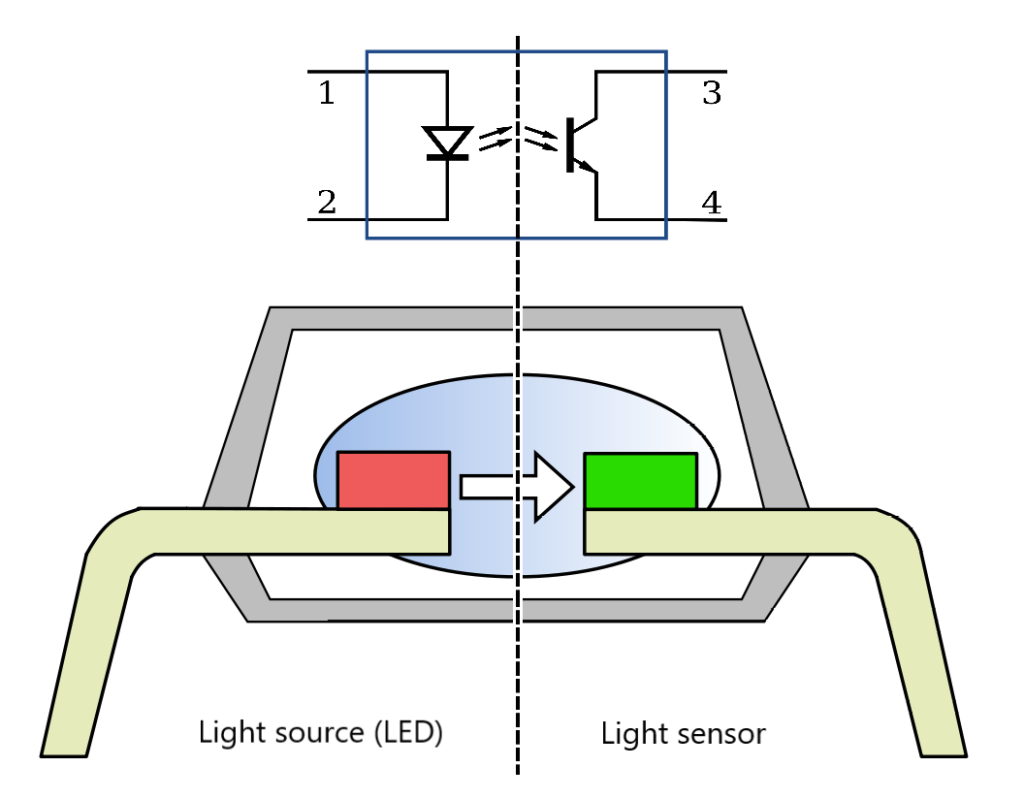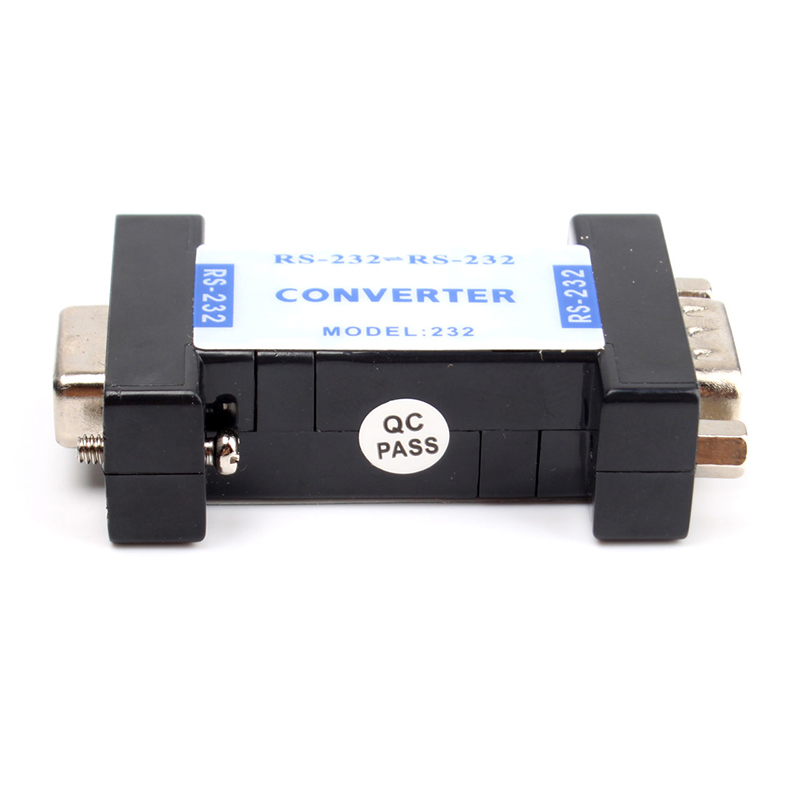

The effect of the phase rotation in the previous stage was to swap the status of the rays. The two rays then meet another birefringent walk-off block (block B) identical with the first. Both rays proceed from left-to-right through the Faraday rotator and phase retardation plates. The “ordinary” ray passes through without refraction but the orthogonally polarised “extraordinary” ray is refracted (upwards in the figure). A ray input on Port 1 is split into two separate rays of orthogonal polarisations.

(Of course in practice there are losses due to reflections and imperfections in device manufacture.)Īs shown in the 3-port optical circulator, light travels from Port 1 to Port 2 as following: Thus there is no net change in polarisation.

That is the phase is rotated in the opposite direction. The Faraday rotator however rotates the phase in the opposite direction (in relation to the direction of the ray) as it did before, that is, clockwise by the same 45°. In the right-to-left direction the phase plate rotates the light in the same direction (in relation to the direction of the ray of light) as before, that is, anti-clockwise at 45°. Thus we get a net 90° clockwise rotation. In the left-to-right direction the Faraday rotator imparts a phase rotation of 45° (clockwise) and the phase plate rotates the light another 45° (also clockwise). Faraday Rotator and Phase Plate: This combination passes light in one direction completely unchanged! (In the figure this is the right-to-left direction.) In the opposite direction polarisation of incoming light is rotated by 90°.The extraordinary ray is refracted at an angle to the normal. The ordinary ray is not refracted and passes through unaffected. A ray incident at a normal to the air-crystal interface is split into two rays of orthogonal polarisation. Birefringent “Walk-off” Block: This is just a block of birefringent material cut at 45° to the optic axis.Polarising Beam Splitter Cube: This device separates the input ray into two orthogonally polarised rays.Here is a figure showing a basic 3-port optical circulator. The two halves of the ray are then re-combined before being output to the destination port. So we separate the incident “ray” into two orthogonally polarised rays and treat each polarisation separately. We could filter the unwanted polarisation out but we would lose (on average) half our light in doing that-and often a lot more. This is complicated by the presence of unpredictable polarisation. Another way of looking at this is to say that light is always rotated in the same direction in relation to the rotator regardless of its direction of travel. Light entering the Faraday rotator from the opposite direction has its phase rotated in the opposite direction (relative to the direction of propagation of the light). Light travelling in one direction through a Faraday rotator has its polarisation rotated in one particular direction. The device is symmetric in operation around a circle. Light entering at port 1 leaves at port 2, entering at port 2 leaves at port 3 and so on. Light entering at any particular port travels around the circulator and exits at the next port. The basic function of a circulator is illustrated in the figure below. There are many different designs but the key principle is like that of the optical isolator.

Optical circulators are made of an assembly of optical components. Of course if you did something like this you would need to take particular care to minimise reflections on the link.īy itself there is no single, simple principle behind the optical circulator. This might be done to save the cost of fiber. For example, a bidirectional link consisting of two fiber strands (one for each direction) is multiplexed onto a single strand of fiber. Optical circulators are very versatile devices and may be used in many applications. Typical devices give a port-to-port loss of between 0.5 dB and 1.5 dB. One of the great attractions of optical circulators is the relatively low level of loss. For example, if the input to the first port is directly connected to a laser we certainly don’t want spurious signals to be returned back into it. If we make sure the last port does not circulate around to the first, we can use the device in systems where we do not need (or want) this feature. While this saves some cost this is not the most important reason for doing it. Also, it is common to build an asymmetric version where the last port does not circulate around to the first. Optical Circulators are microoptic devices and can be made with any number of ports but 3 and 4 port versions are most common.


 0 kommentar(er)
0 kommentar(er)
